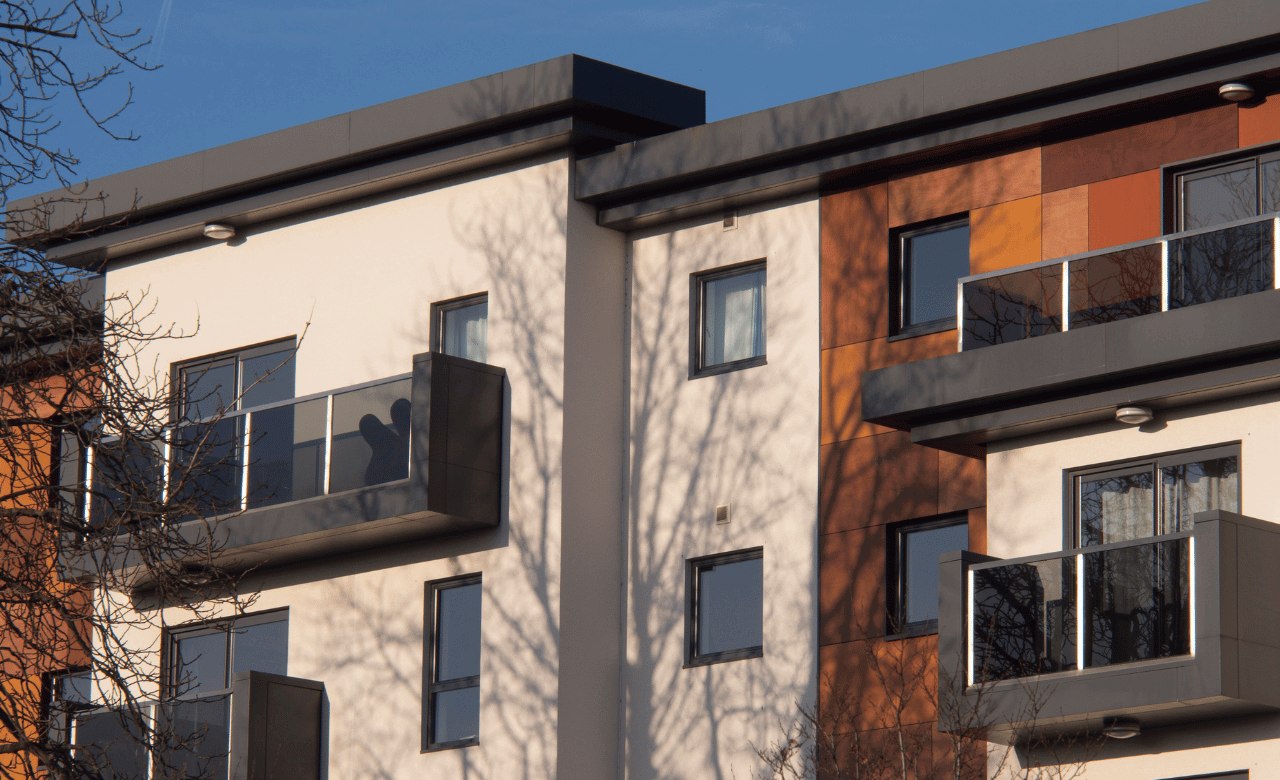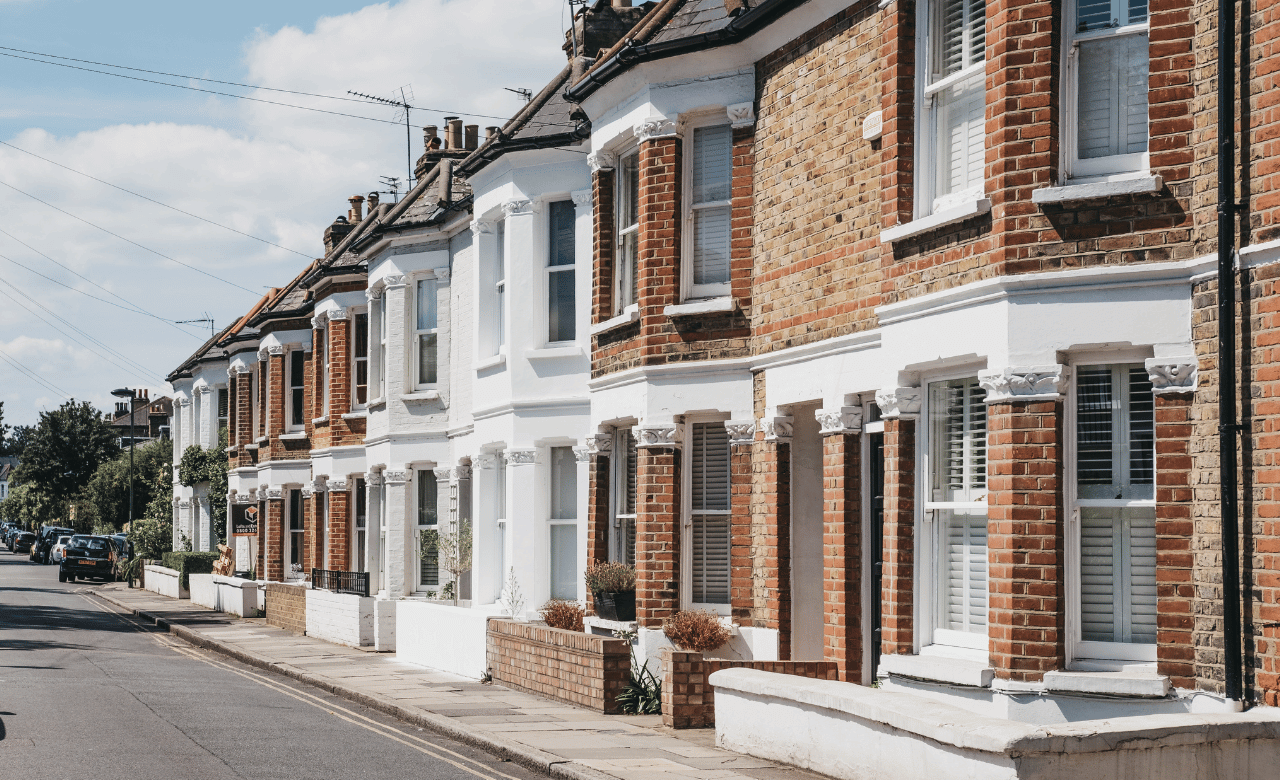How to Create an Effective Case Study Video for Housing Associations

Case study videos can be an incredibly effective way to showcase the positive impact of your housing association’s services on the lives of your residents.
As video content continues to gain momentum, investing resources in a great case study can be the best way to promote your social housing services and tell the world about your work.
If you’re thinking about creating a case study video, but don’t know where to start, this blog post is here to help. We’ve compiled a list of key steps to follow to create an impactful video that engages your target audience.
1. Define Your Case Study Objectives
Before you start working on your video, you should define what you want to achieve with it.
What are your main goals and how will you measure success?
Be specific and make sure your objectives are realistic and achievable.
2. Research Your Audience
Your video should be tailored to your target audience’s preferences, motivations, and information needs. Do some research to get to know your audience better.
What kind of video content are they attracted to?
Are they interested in seeing human interest stories, statistics, or a combination of both?

3. Identify the Subject of Your Case Study
Once you know the objectives of your video and have researched your target audience, it’s time to identify who you’ll feature in the video.
Look for real-life residents or stakeholders whose stories align with your objectives and resonate with your target audience.
Don’t forget to ask for their permission to be in your video and get them to sign media release forms.

4. Develop a Flexible Case Study Script
Create a script that guides the narrative while allowing the authentic resident or stakeholder stories to shine.
Make sure the script can be adapted if necessary so that it remains in alignment with your objectives.
5. Use Data and Statistics
Use statistics and data to support and underscore the impact and benefits of your housing association services.
This will help your audience to have a better understanding of the value of your services. Make sure your data and statistics are accurate and verifiable.
6. Choose an Appropriate Location
Choose a location that complements the video’s tone and is accessible for all participants.
Consider the lighting, noise, and other factors that could impact the quality of the video.

7. Storyboard Your Case Study
Plan your case study using a storyboard to visualise the key shots and visuals for your case study video.
This will help you to ensure alignment with your objectives and make it easier to plan the shots required to produce your video.
A storyboard can ensure that your production team understands your vision for the project. Furthermore, it can help you to avoid costly mistakes during the production stage.

8. Plan Your Case Study Interview Questions
Plan interview questions that elicit meaningful and relevant responses that support the narrative of your script and objectives.
Try to ask open questions — as this will encourage the interviewee to and avoid leading questions that could potentially influence the interviewee’s response.
9. Consider Your Case Study Budget
After preparing your script and interview questions, assess your budget for the project.
Your budget varies based on whether you’re producing the video in-house or outsourcing to a production company. In-house production requires professional lighting, sound, and camera equipment, along with other associated expenses.
Outsourcing can reduce costs if you lack professional equipment. Regardless of your choice, monitor your expenses closely to stay within budget.

10. Plan Your Case Study Shoot
The production stage of your case study video will require careful planning — ensuring that crew, locations and your interviewees are available.
Careful planning is essential to ensure the success of your project.
Conclusion
Creating a case study video for your housing association may seem like a daunting task, but following these key steps can help ensure a successful outcome.
First, define clear objectives, research your target audience, and identify a subject whose story aligns with your goals. Then, develop a flexible script, use data and statistics to underscore your services’ value, choose an appropriate location, and create storyboards. Plan interview questions and determine equipment, personnel, and budget while coordinating shooting schedules.
Using these steps, your Housing Association can create an impactful video that showcases your positive impact on residents and raises awareness of your association’s services.
To start your video journey, book a strategy call or get in touch on 01225 970242.
